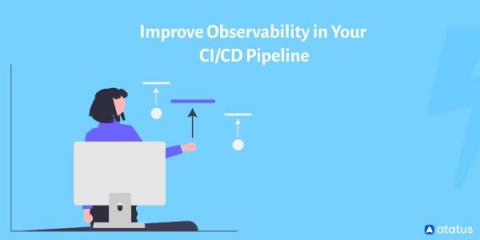Technical Metrics to Measure Observability in Marketing
A website's performance can be measured using metrics. Metrics provide information on what is working, what is not, and where improvements are needed. Unlike numbers, spreadsheets, or data, it isn't as complicated or as time-consuming to use. For observability in marketing, website metrics that measure user engagement are vital. By analyzing metrics, the marketing department will be able to determine what web pages are not providing the company with value.











